Colombian authorities say they could begin salvaging the San José, a ship carrying a treasure trove of gold, silver, emeralds and other cargo, as early as next month.
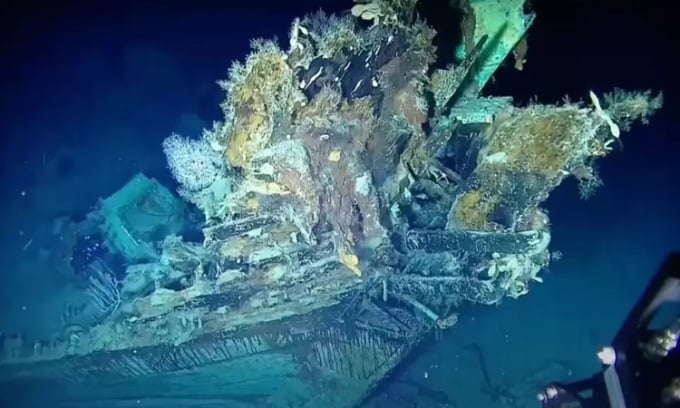
The wreck of the San José lies at the bottom of the Caribbean Sea. Photo: Armada de Colombia
The San José, which sank in 1708, is at the center of a dispute over ownership of the wreck, including the $17 billion worth of treasure that accompanied it. Since the Colombian navy discovered the location of the Spanish galleon San José in 2015, its exact location remains a state secret, with the wreck and its precious cargo still lying deep beneath the surface of the Caribbean Sea.
Efforts to raise the ship and recover its treasure have involved a complex series of international disputes, with Colombia, Spain, Bolivian indigenous tribes and a US salvage company all claiming ownership of the wreck and $17 billion worth of gold, silver and emeralds. As Colombia seeks to pay for the huge cost of the salvage operation, UNESCO and the country’s high court have intervened. But eight years after the discovery, authorities say they could begin recovering artifacts from the wreck as early as April 2024. “We are thinking about how to access historical and archaeological information from the wreck,” Alhena Caicedo, director of Colombia’s Institute of Anthropology and History, told the Guardian on April 19.
On its way back to Europe with treasure to support the War of Spanish Succession, the San José was sunk by a British warship in 1708 near the Caribbean port city of Cartagena. Historians say the wreck could reveal much about the Spanish Empire at the height of its power, as well as the overlapping histories of Europe and Latin America. Caicedo’s team hopes to salvage the wreck and display it in a museum for visitors to explore . But as the exploration of the wreck site continues, the scale and complexity of the challenge becomes clear.
Few ships like the San José have ever been raised, and none have ever been brought up from warm tropical waters. “It’s a huge challenge and a project without much precedent. We’re pioneers,” Caicedo admits. The closest comparison might be the Mary Rose, part of Henry VIII’s fleet that sank in 1545 during a battle with the French off Portsmouth. That 16th-century wreck was explored by hundreds of divers over a decade before its careful salvage in 1981. The remains of the hull now sit in a $45 million museum gallery.
The Colombian Navy is studying the Mary Rose and other maritime conservation projects to learn how to raise and preserve the 130-foot-long ship and its cargo without breaking it apart. The San José’s cargo included glass, ceramics and leather, which historians hope can help them understand 18th-century global trade networks, Spain’s complex colonial system and the lives of the 600 people who perished in the shipwreck.
An Khang (According to Guardian )
Source link


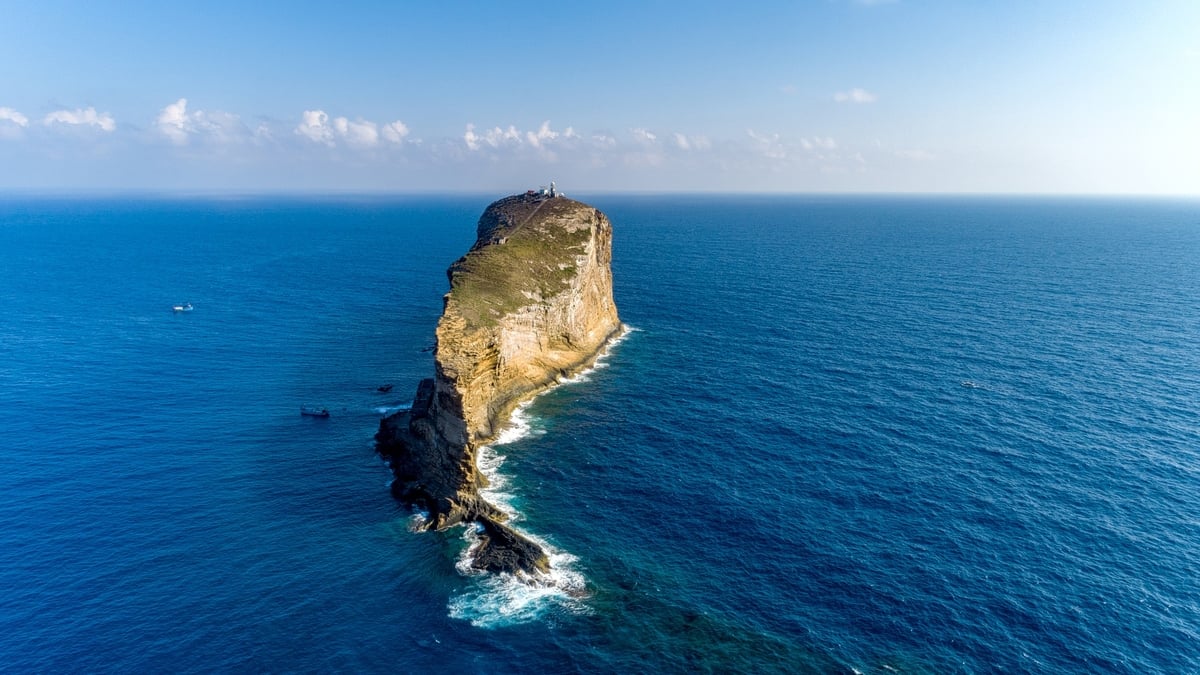
![[Photo] Action for the Community tells stories of enduring journeys – both intimate and great, yet quiet and determined](https://vphoto.vietnam.vn/thumb/1200x675/vietnam/resource/IMAGE/2025/11/15/1763179022035_ai-dai-dieu-5828-jpg.webp)



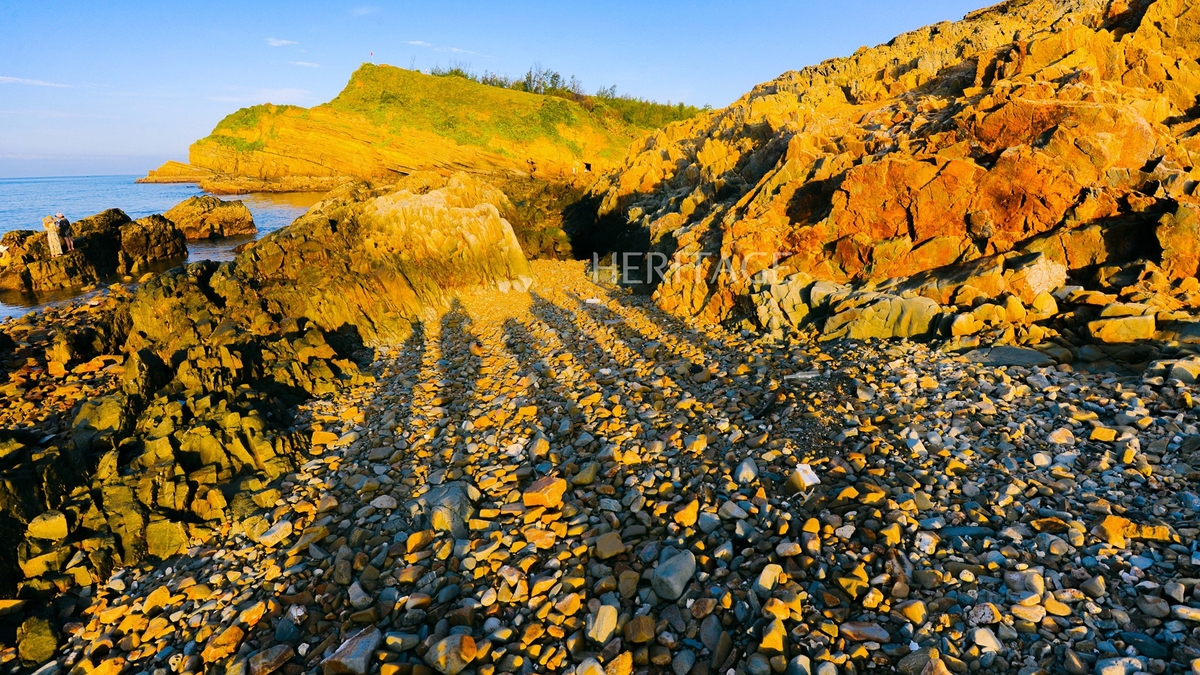


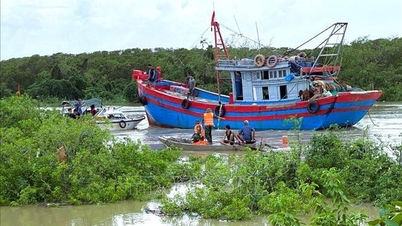

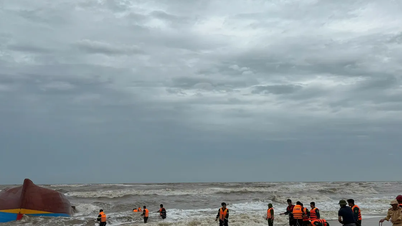


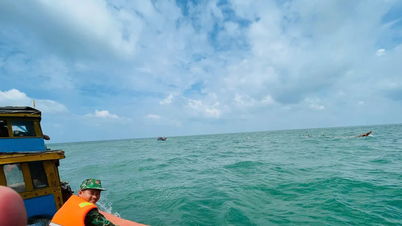
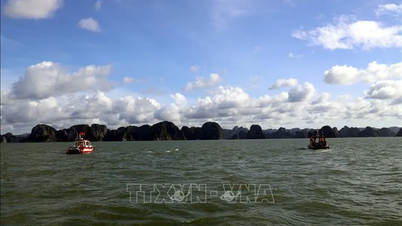


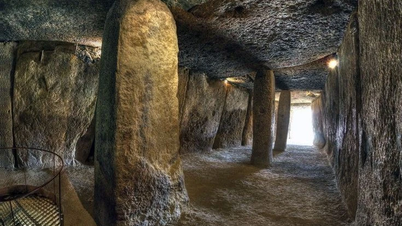


























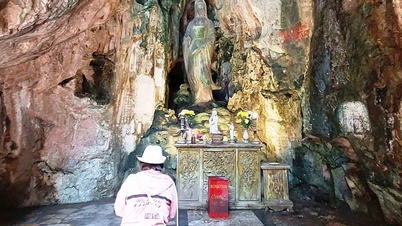














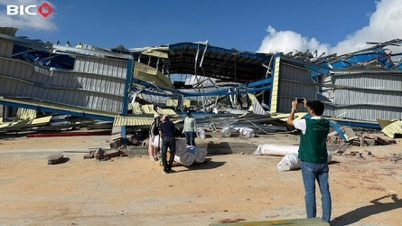




























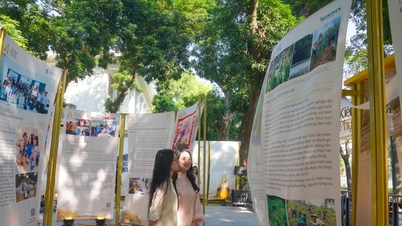






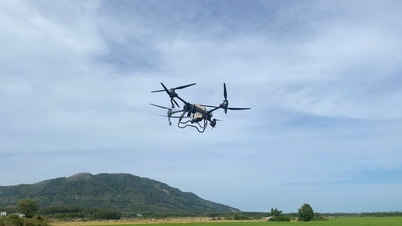








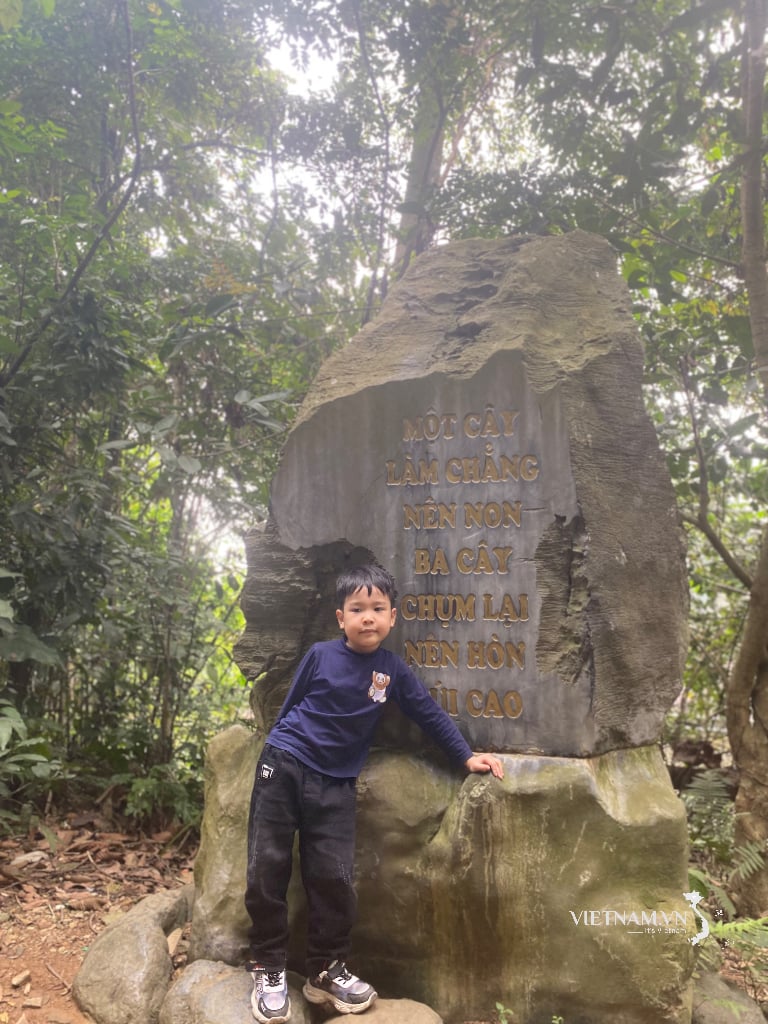



Comment (0)